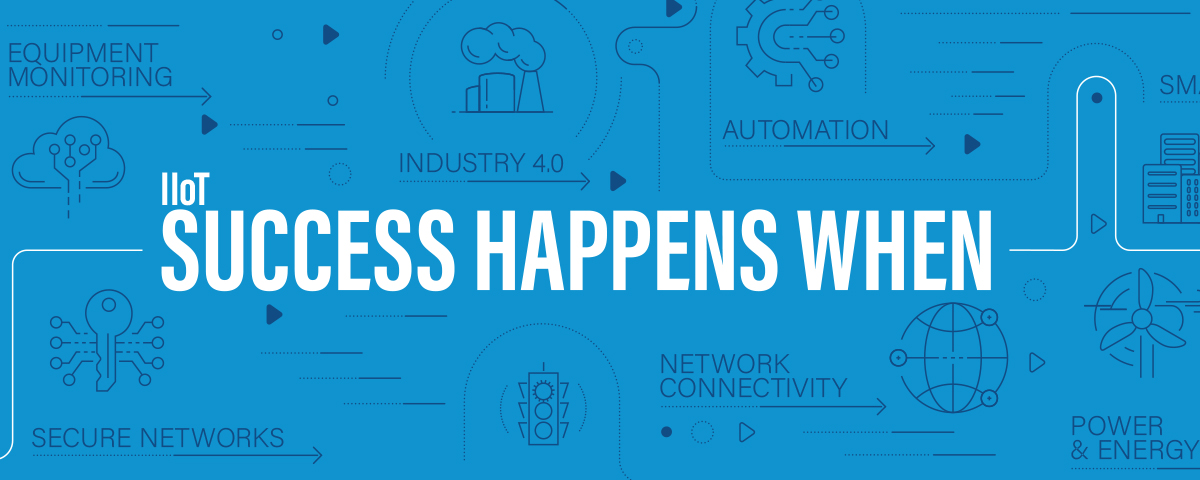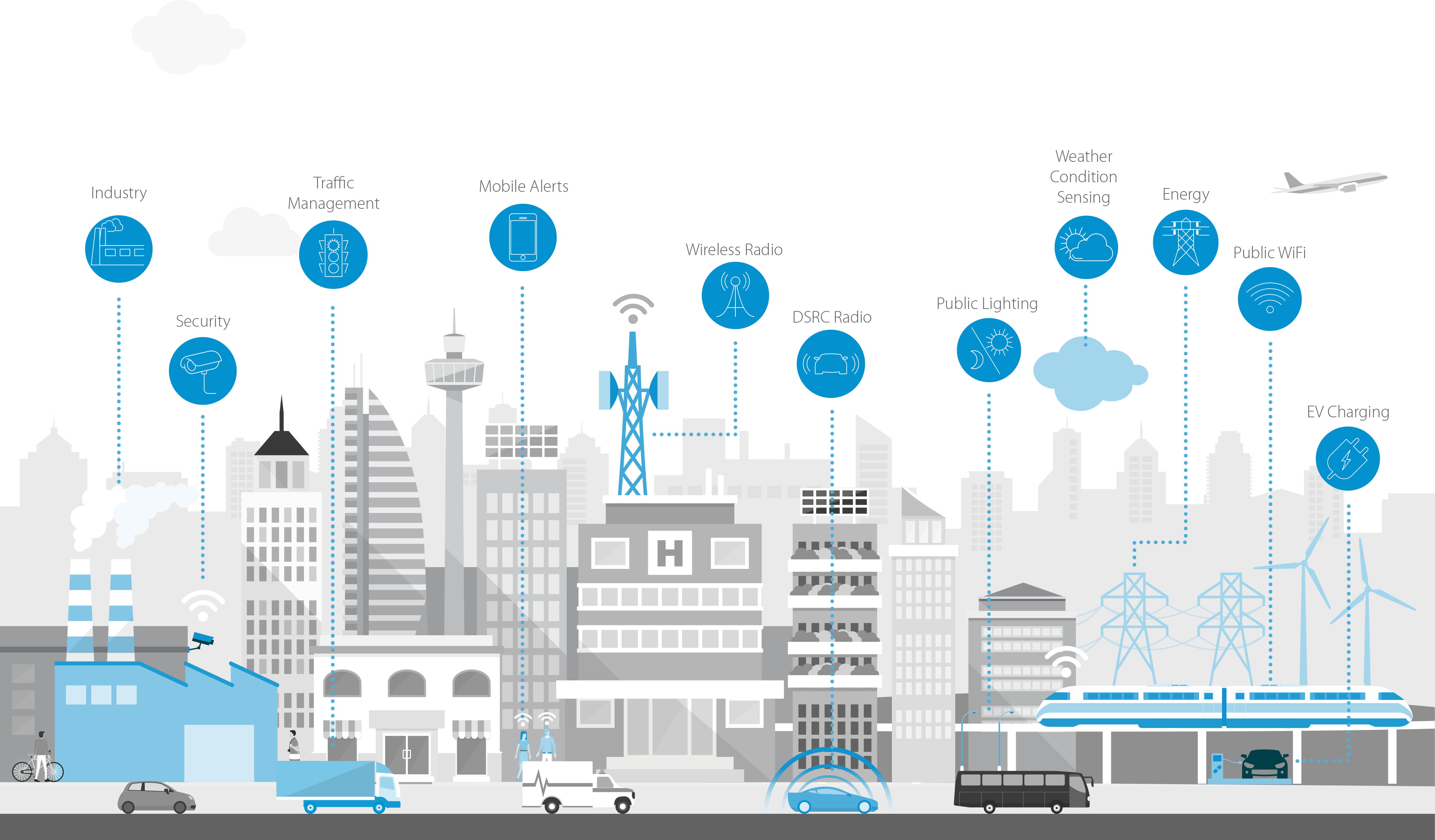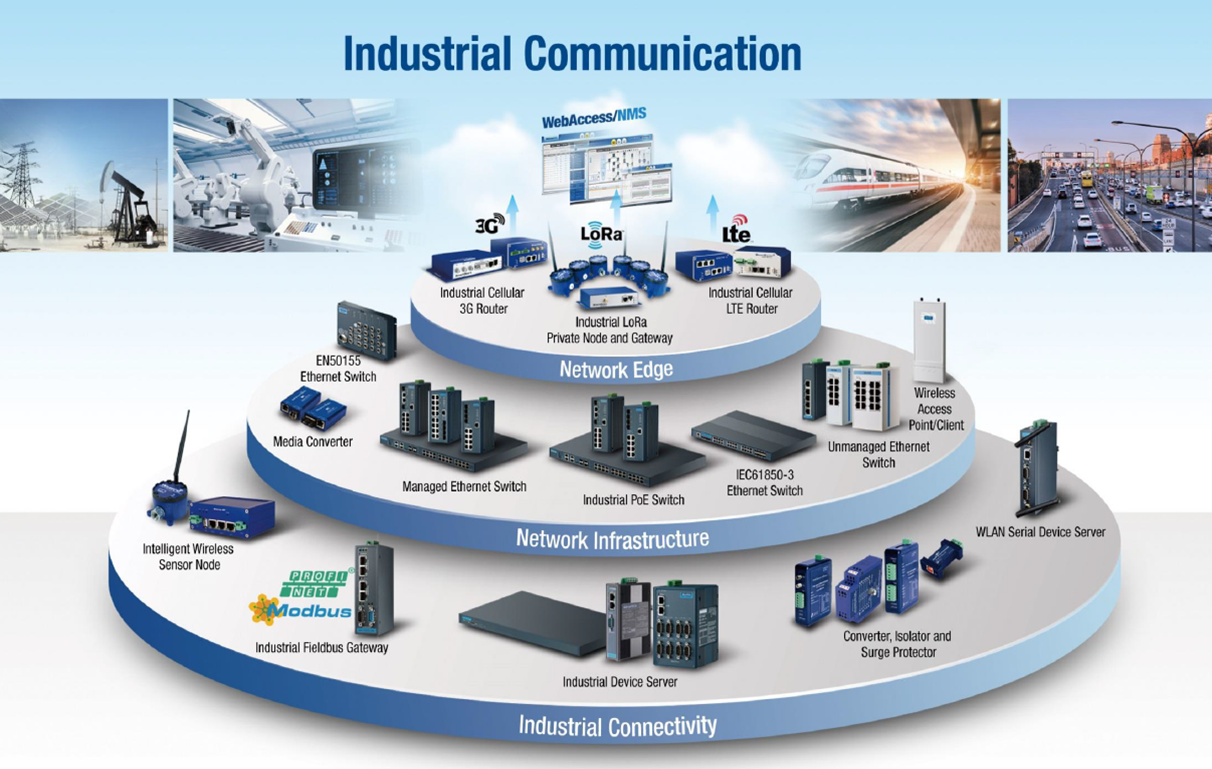
The Internet of Things (IoT) is all about systems of systems; vast amounts of data is generated in the physical world and transported to the digital world. We’re in an era where we want to connect more and more. The industrial IoT (IIot) architecture builds on current and emerging technologies, such as intelligent devices, wired and wireless networks, the cloud, Big Data, analytics and more. Within the IoT architecture:
- Producers of data are publishing information without needing to know what applications or users will be consuming that data.
- Data is made available to multiple systems in a way that can be expanded and revised as new requirements emerge.
- We’re able to investigate dependencies and causality between seemingly unrelated data feeds.
- We’re able to not only optimize a single process, but can optimize an entire ecosystem
Much of this data can be mission critical, too. In the IoT world, information is being transferred without human intervention. Because of missions-critical applications, security and recovery procedures need to be very robust.
Knowing all of this is also important to understand that getting connected is hard. And if it’s not carefully managed, it can also be expensive with risks of never getting off the ground. Networking has implications. Industrial networks need to be designed, monitored and managed. They also have to become smart. Industrial networks have to be smart enough to know what data is important to the business, and what data is just noise—because data isn’t cheap and is just a number without applying logic. This is a lesson many companies on the IIoT connected journey learn the hard way while in Phase 1.
So, where to start?
There are several key factors that must be understood to see success in the IIoT realm. And getting started with the IoT is the true start to a connected product and services journey.

What You Need to Know
IIoT Success Happens When You Connect to the Network Edge
Smart processing starts at the edge of the network. Machines have been talking to machines for a long time, but with edge devices and edge technology it’s been made much easier. With edge technologies, you get more — you streamline traffic flow from IoT devices and data is processed closer to where it is created. What does this mean for you? You can analyze that data in near real-time. You get the data you need, when and where you need it.
IoT edge devices not only provide the physical network interface for lower order devices and sensors, it provides the necessary translation between the data recovered from these systems and the information sent to the enterprise.
- It filters out data with little or no value. (Example: “The temperature in the room I’m in is the same as it was 10 seconds ago – do I really want to pass this information on to this enterprise system?”)
- It aggregates this into summary data. (Example: Min, mean and max temperature values in the room each hour.)
- It provides event detection. (Example: The temperature goes beyond a threshold, or has an unexpectedly rapid rate of change. Significant data like this can be prioritized and sent immediately.)
- It provides data enrichment, contextualizing information into something which is self-defining and semantically searchable.
- It provides communications management and security around the data transactions.
- It allows user business logic to be embedded in the edge device to provide highly responsive local intelligence.
IIoT Success Happens When You Have a Secure Connection
In the IoT world, the number of devices being connected to networks is growing. However, there is a tradeoff that must be considered when seeking to connect everything together. In this case, the tradeoff is between connectivity and security. Security is always in the back of your mind, but in the IoT world it needs to be more forefront than ever before.
Data, firmware, embedded systems and general endpoints are identified as the most vulnerable parts of IoT systems. When it comes to managing IoT devices, the same precautions needs to be taken as when managing computers, laptops and mobile devices. All devices need to be kept up-to-date. When new firmware, security patches, etc., become available, users need to act. Read More
Over the last two years alone, 90 percent of the data in the world was generated.
Forbes
IIoT Success Happens When You Combine OT and IT
The evolution of the IIoT is creating links between machines that never used to talk to one another while simultaneously creating a convergence between the very different worlds of Information Technologies (IT) and Operational Technologies (OT). As more organizations move to implement the IIoT, OT and IT are converging. In general, OT networks are transparent connections between machines/instruments (local site) and panel screens (control center). IT networks, on the other hand, largely deal with data, with various logics and algorithms employed to make the data meaningful.
In the past, OT and IT have been treated as two distinct domains with different areas of expertise and different approaches to problem-solving. Now, we’re moving into the days of a world where IT and OT are no longer isolated disciplines.
To accomplish this, you don’t have to re-engineer existing systems, and you shouldn’t. Now, you can layer new data communications technology over the top of what you already have. It won’t interfere with what’s already in place. It will simply collect and translate whatever data is already being produced, while simultaneously providing opportunities to collect new kinds of data; information that wouldn’t have been available a few years ago.
It may be a rocky relationship at first, but the end result will be interoperability, scalability, frictionless deployments of new applications, and the ability to use and reuse existing data, existing sensors and existing networks across many applications. Read More
IIoT Success Happens When You Capture the Right Data
Intelligent device hardware, in combination with software solutions, has the ability to change your business, process and overall operations. The right combination allows you to get the data you need, when you need it.
The evolution of making decisions using Big Data requires an ecosystem of software and hardware that comes together to ensure interoperability. Simply decide what parameters you really need to measure – the leading indicators from your operation. Then add appropriate equipment to grab those variables and publish the data. You may be pulling some information from existing networks and devices. You may be adding some new sensors and connectivity. Read More
IIoT Success Happens when You Get the Right Help
The arrival of industrial IoT isn’t an event; it’s an evolution. When new technologies become available they create new M2M communications options. The new M2M communications options then let more and more devices become nodes on networks. Introduce IT technologies into the mix and now the process accelerates in a big way.
Note that a lot of those devices are out at the messy network edge, and that many of them were originally designed for very specific purposes that have nothing to do with IoT. That can be tricky. Putting an appropriate IoT connectivity stack together calls for a wide variety of skill sets. Who do you call when you need someone who is an expert in sensors, industrial protocols, local and wide area networking, networking security, databases, analytics, or integration with your business software systems? You need to call experts that make the industrial IoT easier.
Back in 2012, B+B SmartWorx took on a challenge of helping to accelerate industrial IoT solutions by developing new “edge intelligence” hardware strategies to simplify the process of extracting meaningful data from industrial assets. A bit ahead of our time, but we were effective evangelists of the new architectures required for IoT vs. Traditional Automation. Fast forward to 2018 and we’re no longer just B+B SmartWorx — we’re part of Advantech, an organization with deep reaching capabilities to provide far more assistance to companies in pursuit of connected product or service solutions.
IIoT Success Happens with the Right Hardware
LTE & WAN/LAN Gateways
The SmartFlex gateway is an advanced LTE router that can bridge remote devices and entire networks to your local SCADA and Industrial IoT systems. The SmartStart LTE Cat 1 and Cat 4 family of routers and gateways are the perfect way to connect Ethernet, Wi-Fi, and serial devices to a LTE network. Learn More
Ethernet I/O & Wireless I/O Modules
The WISE-4000 wireless I/O module has broad adopt-ability, making it a reliable source of big data that benefits users in identifying next steps and actions to take. ADAM Ethernet I/O modules utilize an Ethernet connection to connect to sensors and I/O into various software solutions. Learn More
Smart Factory Edge Gateway
UNO acts as a mini hub that connects various brands, models and platforms and communicates data with a single MQTT Sparkplug-B protocol. This allows various departments to subscribe to needed data. Learn More
Ethernet Switches
B+B SmartWorx Ethernet switches not only handle your networking needs, specific models also report network status over Modbus, Ethernet/IP or PROFINET protocols, allowing you to integrate network status and network health information directly into your SCADA system. Learn More
IoT Integration Gateways
The SmartSwarm 342 IIoT gateway enables owners, operators, and integrators of remote assets to integrate data from the asset into IIoT applications such as dashboarding, analytics or predictive maintenance. Learn More
Wireless Sensing
Wzzard Wireless Mesh Sensing Nodes are tailor-made for bringing hard-to-reach sensor data into SCADA and IIoT solutions. Learn More
Serial Servers & Gateways
Wired serial servers can turn serial devices into Ethernet network nodes by converting the serial protocols. The data isn’t altered, but it becomes dramatically more portable. Serial servers can also be wireless, allowing serial devices in inconvenient locations to use Wi-Fi to connect to Ethernet networks. Learn More
LoRa & LoRaWAN
LoRa solutions are ideal for applications capturing data in remote areas and harsh. This solution utilizes LoRa wireless technology to overcome the boundary of distance, thereby maximizing monitoring efficiency and overall productivity. Learn More
Industrial PCs
The UNO is a cost effective, “pocket-sized” modular Smart Edge Gateway that is fan-less and highly rugged for business critical and mission critical applications. Learn More
Modbus IoT Gateways
Translate SCADA protocols to IT in real-time without disrupting, interrupting or re-configuring your existing networks. Learn More
Get Help
You can email us with any questions or inquiries at [email protected] or fill out the form below.

